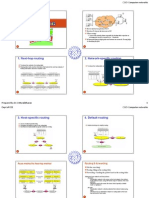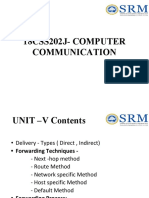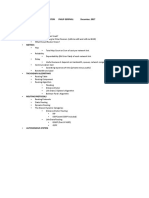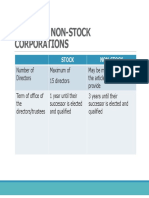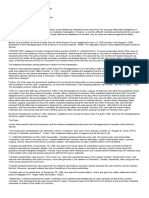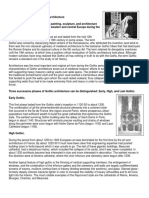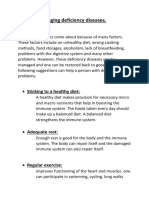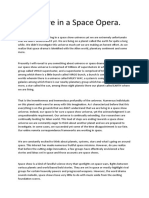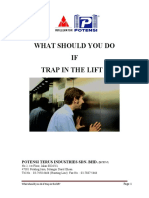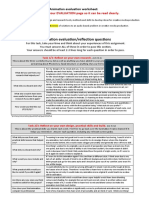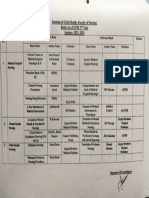0% found this document useful (0 votes)
6 views65 pagesUnit IIRouting Protocol
The document provides an overview of routing protocols and router architecture, detailing the components of routers, their functions, types, advantages, and disadvantages. It explains routing algorithms, including static and dynamic routing, as well as distance vector and link-state routing methods, highlighting protocols like RIP and OSPF. Additionally, it covers queuing and switching mechanisms within routers, emphasizing their roles in efficient data packet forwarding and network management.
Uploaded by
cvishleshaCopyright
© © All Rights Reserved
We take content rights seriously. If you suspect this is your content, claim it here.
Available Formats
Download as PPTX, PDF, TXT or read online on Scribd
0% found this document useful (0 votes)
6 views65 pagesUnit IIRouting Protocol
The document provides an overview of routing protocols and router architecture, detailing the components of routers, their functions, types, advantages, and disadvantages. It explains routing algorithms, including static and dynamic routing, as well as distance vector and link-state routing methods, highlighting protocols like RIP and OSPF. Additionally, it covers queuing and switching mechanisms within routers, emphasizing their roles in efficient data packet forwarding and network management.
Uploaded by
cvishleshaCopyright
© © All Rights Reserved
We take content rights seriously. If you suspect this is your content, claim it here.
Available Formats
Download as PPTX, PDF, TXT or read online on Scribd
/ 65


























